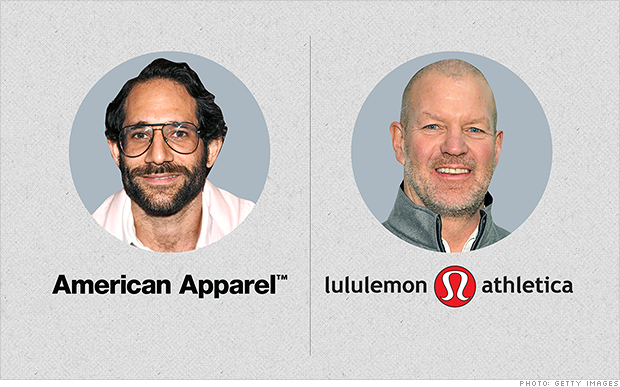
NEW YORK (CNNMoney)
Just look at the controversy swirling around the founders of American Apparel (APP) and Lululemon (LULU).
Dov Charney, the ousted chairman of American Apparel, is known for walking around his factory in his underwear and talking openly about his sex life. The company's sales have plunged in recent years and its stock now trades for 70 cents, down 96% from its high of nearly $17.
Lululemon founder Dennis "Chip" Wilson imperiled his company's brand last year by making snide remarks about overweight customers. Wilson recently stepped down as chairman after Lululemon's share price plunged in half over the past year.
"Sadly in this day and age, some CEOs still think they can act like Ari Gold and get away with it," said Jeffrey Cohn, author of Why Are We Bad at Picking Good Leaders?, referring to the fictional "Entourage" character.
Related: American Apparel CEO hits back
American Apparel is known for its edgy advertising, but even Charney's behavior has become too steamy for that company's board.
Charney, who started American Apparel in 1998, was fired as chairman last week by the board, which is also moving to remove him as CEO.
An American Apparel director told CNNMoney the decision came after the board learned of "disturbing" information that suggested "misconduct" by Charney.
Allegations of misconduct are hardly new for Charney, who has faced countless lawsuits over the years that claimed everything from sexual harassment to assault, battery and even impersonation through the Internet.
While American Apparel rapidly expanded in the early 2000s by appealing to hipsters, the apparel maker struggled to keep the cool vibe. Charney took the company public in 2005 at $8 per share and Wall Street eventually bid it up to nearly $17. In recent years American Apparel has had to fight just to stave off bankruptcy.
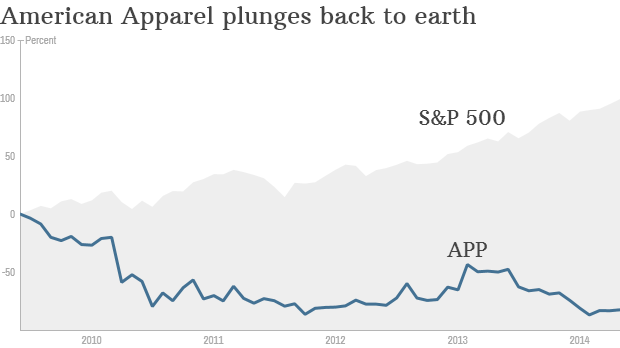
Investors pay the price: Research into the costs of "managerial indiscretions" found that every time an incident involving Charney was disclosed to the public between 2008 and 2011, American Apparel's stock went down, suffering abnormal negative three-day return of -0.7% to -8.8%.
"He's one of the executives we have as a serial repeat offender," said Adam Yore, a professor at Northern Illinois University who co-wrote the research paper with Ralph Walkling at Drexel University and Brandon Cline at Mississippi State University.
Related: How Adidas plans to win the World Cup
Their research found that, on average, there is an immediate 3.8% loss in shareholder value following the disclosure of a CEO indiscretion as well as abnormal declines in the longer run. There also is a higher likelihood of shareholder lawsuits, even for things unrelated to the indiscretion.
The research found that indiscretion incidents are substantially more likely to occur at companies managed by families or founders.
Founders "may not make a distinction between their personal and professional lives," said Yore. "They grew the business themselves and in many cases they are the business."
Charney, who still controls a 27% stake, has signaled he's mounting an effort to keep control of American Apparel's C-Suite.
Related: Lululemon stock does the downward drop
Lululemon's volatile founder: The situation isn't nearly as dire at Lululemon, but the yoga apparel maker is also struggling to turn itself around and in the midst of an uncomfortable fight with founder Wilson. The company's Chief Financial Officer dubbed it akin to "our parents are fighting" on a recent call with investors.
The turning point came last year when Lululemon had to recall some of its yoga pants for being too sheer. That hurt the company's reputation and cost millions of dollars. Wilson exacerbated the situation by then seemingly placing the blame on overweight customers, saying: "Some women's bodies just don't actually work" for the pants.
Lululemon traded north of $82 last June before the controversy, but recently dipped below $37. Of course, even with the recent tumble Lululemon shares have surged over 560% over the past five years, creating enormous value for shareholders.
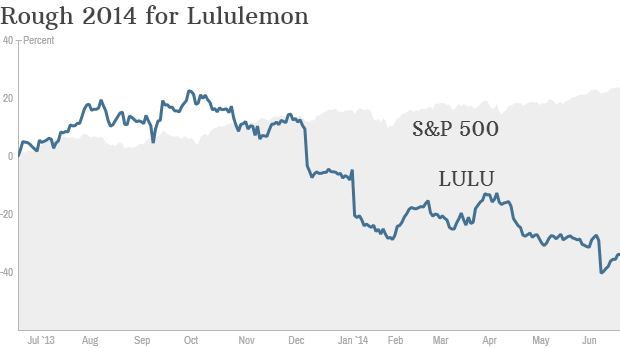
Can Wilson find a dance partner? After stepping down as chairman last month, Wilson has reportedly hired Goldman Sachs to help him weigh his options, including possibly teaming up with a private equity firm to acquire the rest of Lululemon.
"Based on his comments from last November, which we contend damaged the LULU brand, we believe potential partners may be warded off by Mr. Wilson's volatility," Sterne Agee analysts Sam Poser and Ben Shamsian wrote in a note this week.
Cowen & Co. analyst Faye Landes is less sold on the negative impact to Lululemon's brand, pointing to strong Black Friday sales after Wilson's comments.
"There is still a lot of cachet around the brand," she said.
Ironically, Wilson's chances of finding a dance partner to acquire Lululemon with may have been hurt by the American Apparel drama.
"Funders tend to be conservative individuals working at conservative firms, and, especially after the recent experience of some investment firms with retail founders (cf. American Apparel), we think that funders are likely to shy away from voluble founders," Landes wrote in a note to clients this week.
First Published: June 24, 2014: 3:43 PM ET
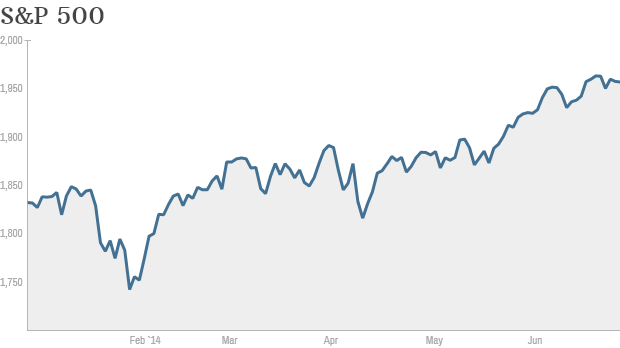 After a tumultuous start, the S&P 500 has continued its record rise this year.
After a tumultuous start, the S&P 500 has continued its record rise this year. 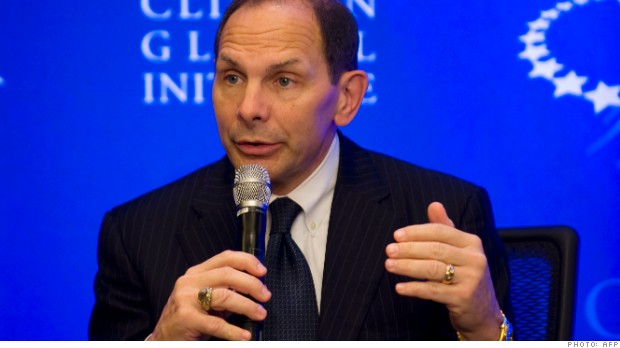 Bob McDonald, a former CEO of Procter & Gamble, is President Obama's nominee for Veterans Affairs secretary.
Bob McDonald, a former CEO of Procter & Gamble, is President Obama's nominee for Veterans Affairs secretary. 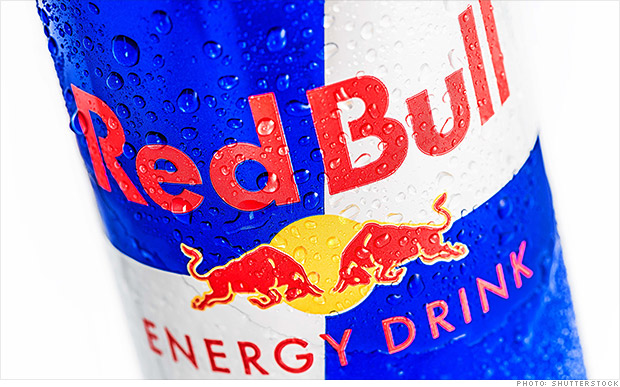 Red Bull North America has settled with the U.S. over alleged Cuba sanction violations
Red Bull North America has settled with the U.S. over alleged Cuba sanction violations 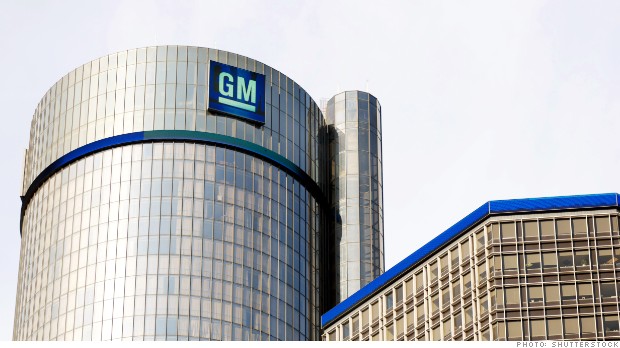 GM's recalls continue as the automaker announces four more, affecting nearly 430,000 vehicles in the U.S.
GM's recalls continue as the automaker announces four more, affecting nearly 430,000 vehicles in the U.S. 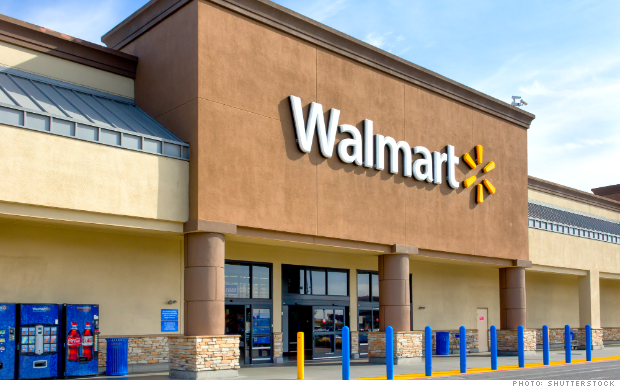 Walmart will cut the price of the iPhone on Friday at 9 a.m.
Walmart will cut the price of the iPhone on Friday at 9 a.m. 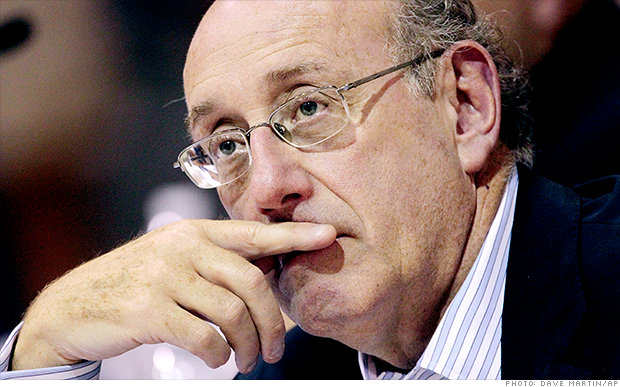 Feinberg's plan is expected to disclose details about who is eligible for compensation and how much money they could receive.
Feinberg's plan is expected to disclose details about who is eligible for compensation and how much money they could receive. 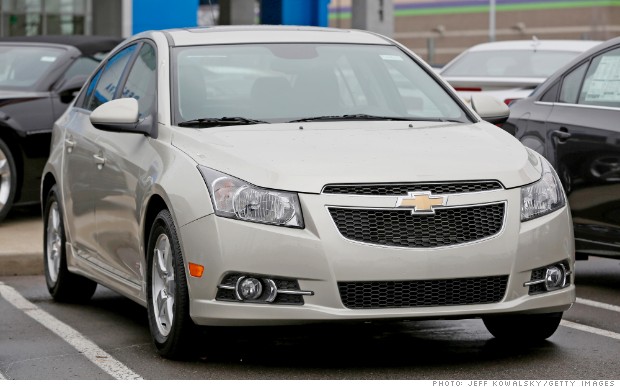 GM has asked dealers to stop selling some 2013-2014 Chevy Cruzes due to an airbag issue.
GM has asked dealers to stop selling some 2013-2014 Chevy Cruzes due to an airbag issue. 
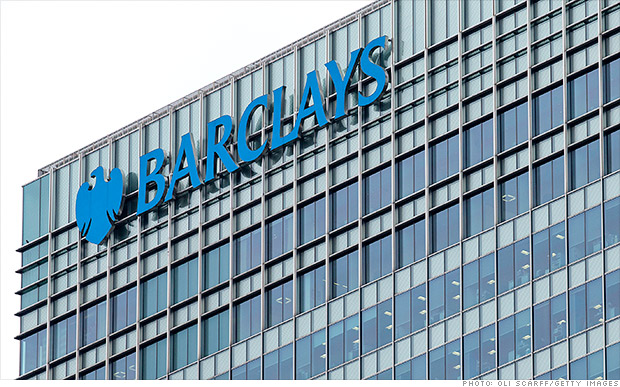



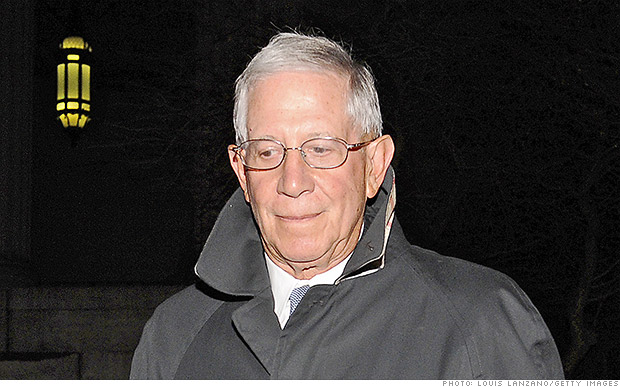 Paul Konigsberg, Bernie Madoff's former accountant, faces up to 30 years in prison.
Paul Konigsberg, Bernie Madoff's former accountant, faces up to 30 years in prison. 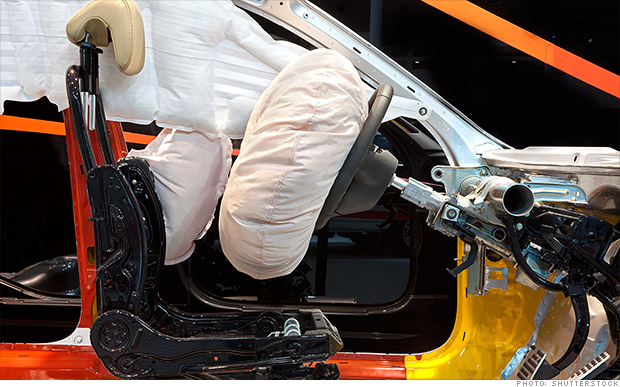 Honda, Nissan, Mazda and Toyota are recalling millions of cars because of faulty inflators for Takata air bags.
Honda, Nissan, Mazda and Toyota are recalling millions of cars because of faulty inflators for Takata air bags. 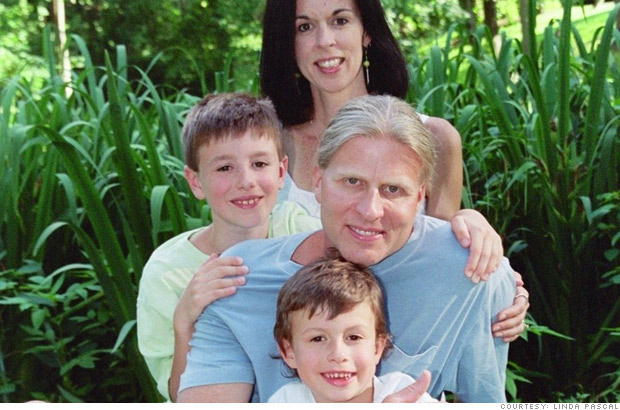
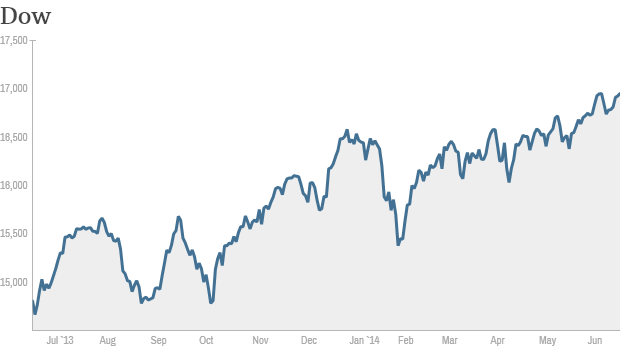 Click for more market data.
Click for more market data. 
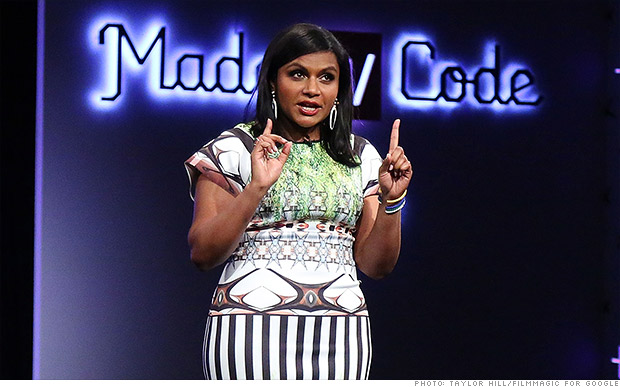 Actress and producer Mindy Kaling was the host at an event geared toward getting more young girls interested in tech.
Actress and producer Mindy Kaling was the host at an event geared toward getting more young girls interested in tech. 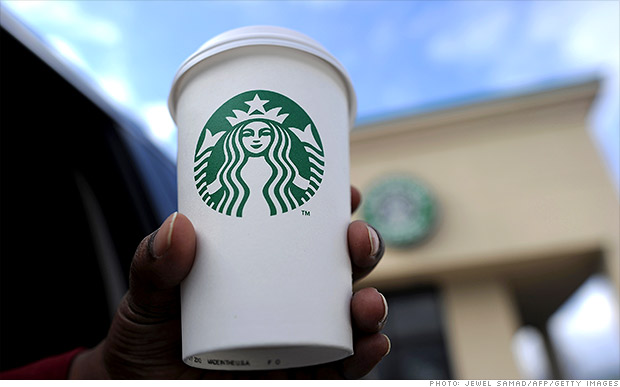 A tall latte will cost between 15 and 20 cents more after Tuesday.
A tall latte will cost between 15 and 20 cents more after Tuesday. 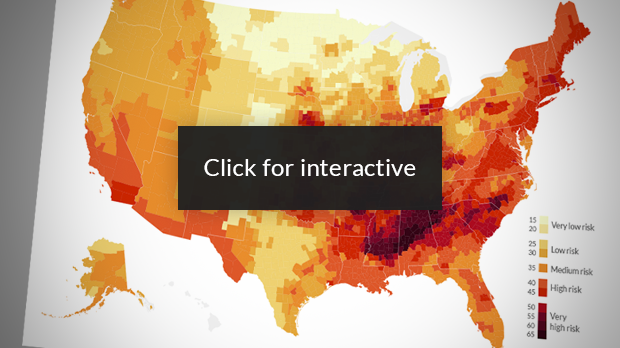 What are the chances your home will get damaged by a tornado, hurricane, earthquake or fire? Click on the map above to find out.
What are the chances your home will get damaged by a tornado, hurricane, earthquake or fire? Click on the map above to find out. 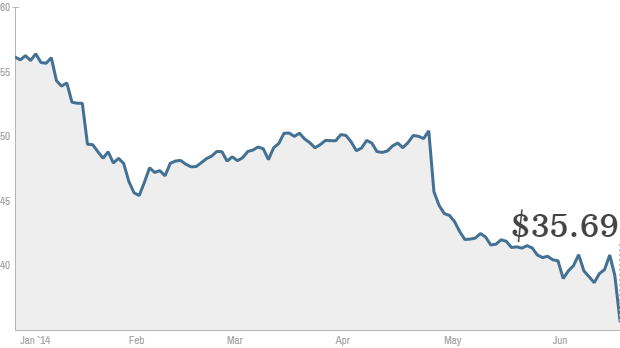 Coach has plunged nearly 37% this year. Click the chart for more information.
Coach has plunged nearly 37% this year. Click the chart for more information. 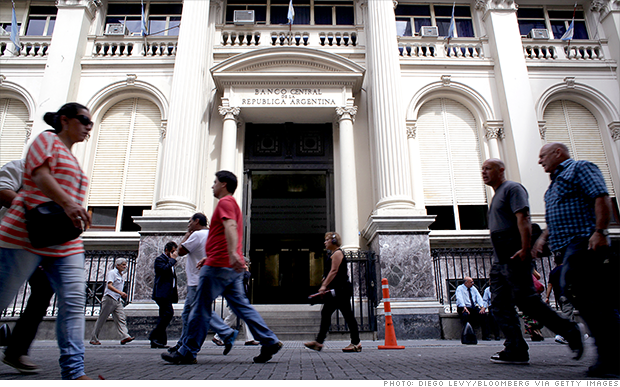
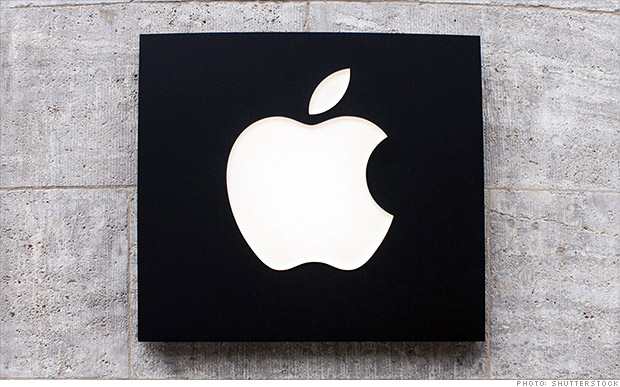 Apple was one of the many S&P 500 companies buying back stock in the first quarter.
Apple was one of the many S&P 500 companies buying back stock in the first quarter. 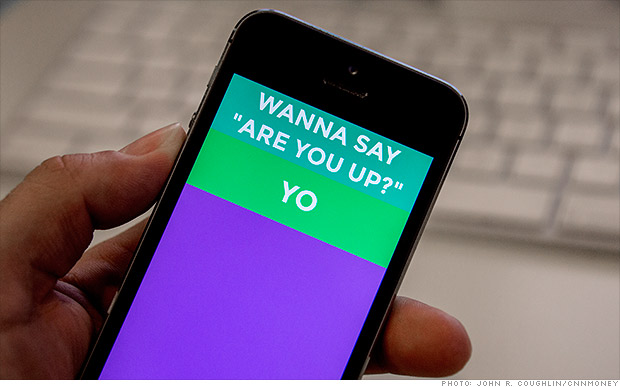 The new 'Yo' app revolutionizes communication as we know it with one simple word.
The new 'Yo' app revolutionizes communication as we know it with one simple word.